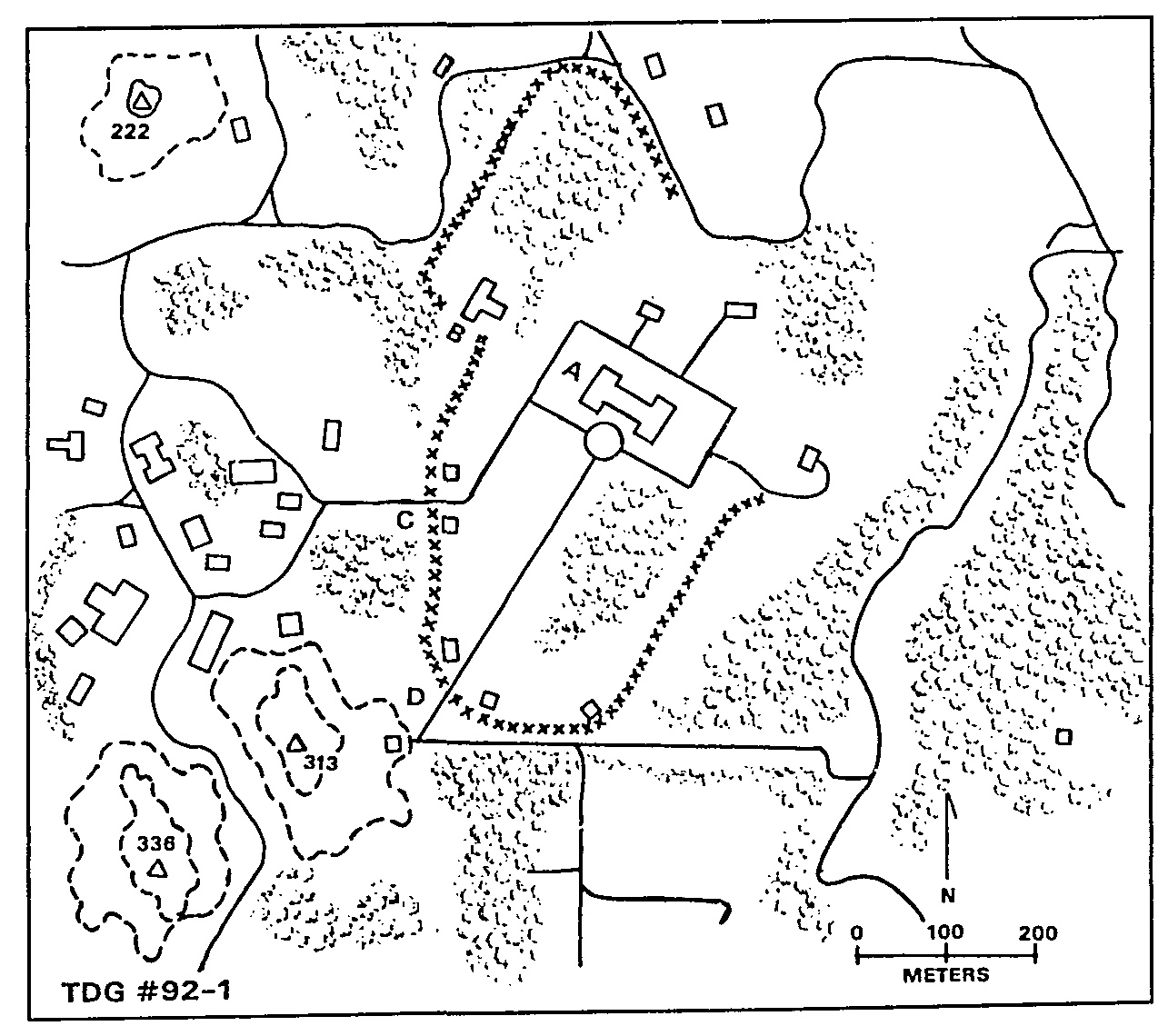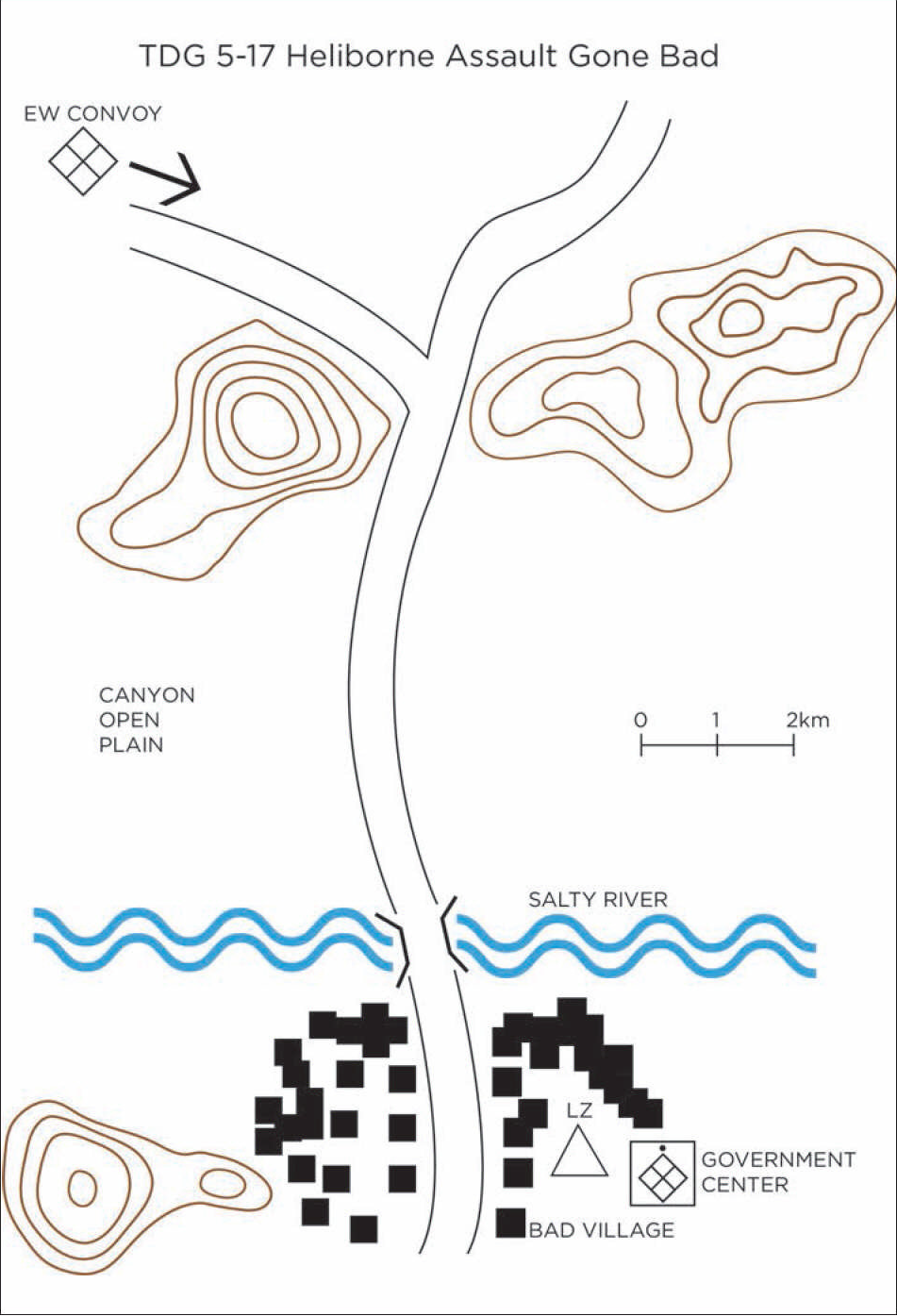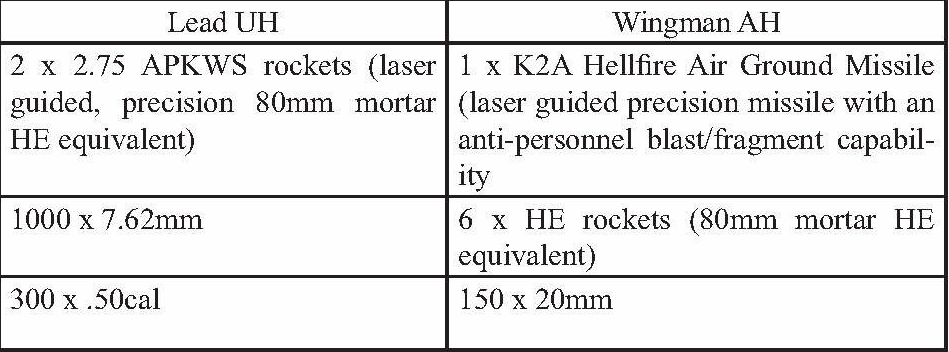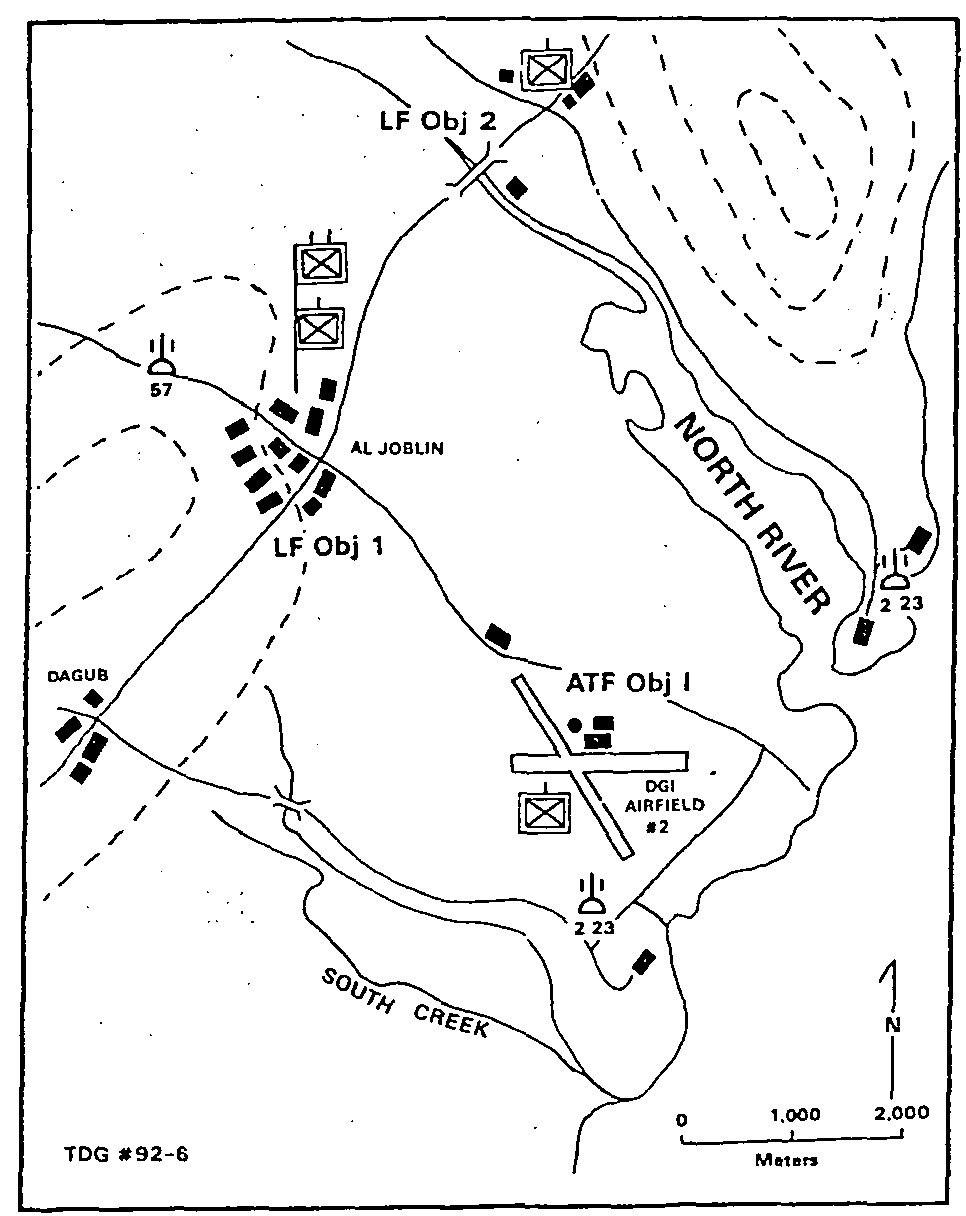Situation
 You are the commanding officer Company G, Battalion Landing Team (BLT) 2/8, 26th MEU(SOC) currently embarked aboard amphibious shipping on your regularly scheduled deployment to the Mediterranean. You have been awakened from your early afternoon MORP and hurriedly summoned to the BLT commander’s stateroom where the BLT commander, S-3, S-2, and air officer are waiting for you. You are told that our national security agencies have been watching the crisis unfold in the neighboring Middle Eastern region, and the situation has just taken a sudden and dramatic turn for the worse, as the small, peace-loving nation of GOOD was invaded (without apparent provocation) early this morning by its much larger and stronger neighbor BAD in a blitz-style attack. In a matter of hours BAD had completely engulfed the unprepared nation of GOOD and is now engaged in consolidating its conquest. Of immediate concern to us, however, is that the forces of BAD have captured and are holding the U.S. Ambassador and his family in his country residence. All of the Ambassador‘s staff, servants, and security who were present at the residence when it was seized have been removed.
You are the commanding officer Company G, Battalion Landing Team (BLT) 2/8, 26th MEU(SOC) currently embarked aboard amphibious shipping on your regularly scheduled deployment to the Mediterranean. You have been awakened from your early afternoon MORP and hurriedly summoned to the BLT commander’s stateroom where the BLT commander, S-3, S-2, and air officer are waiting for you. You are told that our national security agencies have been watching the crisis unfold in the neighboring Middle Eastern region, and the situation has just taken a sudden and dramatic turn for the worse, as the small, peace-loving nation of GOOD was invaded (without apparent provocation) early this morning by its much larger and stronger neighbor BAD in a blitz-style attack. In a matter of hours BAD had completely engulfed the unprepared nation of GOOD and is now engaged in consolidating its conquest. Of immediate concern to us, however, is that the forces of BAD have captured and are holding the U.S. Ambassador and his family in his country residence. All of the Ambassador‘s staff, servants, and security who were present at the residence when it was seized have been removed.
The National Command Authority has decided to attempt a surprise rescue immediately before the forces of BAD either relocate or harm the Ambassador and his family. Your mission, Skipper, is to rescue the Ambassador tonight. It is expected that the Ambassador will be located in either Building A or B, both of which are two-story stone buildings. All of the other buildings in the compound are made of wood. You are to bring out the Ambassador, his wife, and their three children. The rescue attempt will be conducted in the last few minutes of the predawn darkness. You are to depart in less than 6 hours.
It is believed that the residence is being guarded by no more than 60 lightly armed security forces. The exact deployment of this small enemy force cannot be determined. However, no BAD vehicles have been observed inside the compound. (It is precisely because of this temporary vulnerability that the decision has been made to attempt the rescue immediately.) It is estimated that BAD forces are capable of reacting to the residence from the west within 15 minutes with a reinforced company mounted in OTC-62 personnel carriers. BAD air should not be a threat, as we expect to maintain local air superiority over the objective area for the duration of the raid. However, BAD air defenses will preclude us from either approaching or retiring from the west.
Because of the distances involved, you will be supported by six CH-53Es (.50 cals mounted) and fixed-wing aircraft only. (Aerial refueling will be required.) The objective is out of range of naval gunfire. You are to build your raid force from six rifle squads and can take as much of your weapons platoon as you need. Finally, you may take any two of the specially configured M151s. Our air operations will support your scheme of maneuver on the ground.
Requirement
Describe your task organization for the mission. Submit an overlay of your scheme of maneuver within the objective area to include specific landing points for each of your six helicopters and a brief explanation of your plan. Send your solution to the Marine Corps Gazette, c/o Tactical Decision Game #92-1, P. O. Box 1775, Quantico, VA 22134. The Gazette will publish the author’s and other solutions in the March 1992 issue.




 Requirement
Requirement 